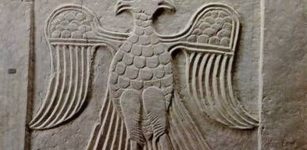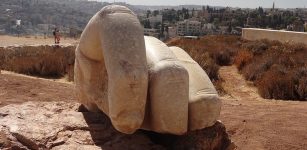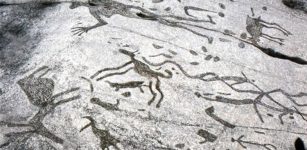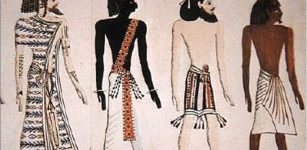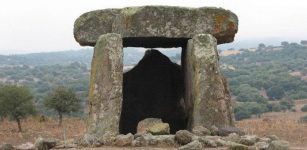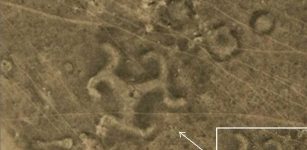World’s Oldest Calendar Reveals The Beginning Of Time
MessageToEagle.com – Archaeologists revealed they have discovered what could be the world’s oldest calendar created by hunter-gatherer societies and dating back to around 8,000 BC.
The lunar calendar was found in an Aberdeenshire field in Scotland. An analysis by a team led by the University of Birmingham sheds remarkable new light on the luni-solar device, which pre-dates the first formal time-measuring devices known to Man, found in the Near East, by nearly 5,000 years.
The capacity to measure time is among the most important of human achievements and the issue of when time was ‘created’ by humankind is critical in understanding how society has developed.
Until now the first formal calendars appear to have been created in Mesopotamia c, 5,000 years ago. But during this project, the researchers discovered that a monument created by hunter gatherers in Aberdeenshire nearly 10,000 years ago appears to mimic the phases of the Moon in order to track lunar months over the course of a year.
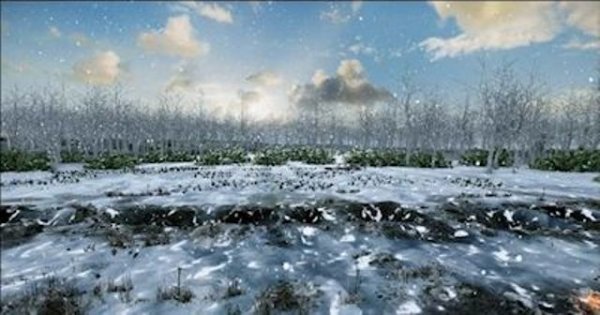
The site, at Warren Field, Crathes, also aligns on the Midwinter Sunrise, providing an annual astronomic correction in order to maintain the link between the passage of time, indicated by the Moon, the asynchronous solar year and the associated seasons.
The pits were periodically re-cut – probably dozens of times, possibly hundreds of times – over those four millennia.
It is therefore impossible to know whether or not they originally held timber posts or standing stones after they were first dug 10,000 years ago.
There are 12.37 lunar cycles (lunar months) in a solar year – and the archaeologists believe that each pit represented a particular month, with the entire arc representing a year.
See also:
Babylonian Star Calendar Found In Underground Library In Nineveh, Iraq
Ancient Irish Were First To Record An Eclipse – 5,355 Years Ago
Picts: Facts And History About Mysterious People Of Northern Scotland
This discovery is in many ways unique to researchers. “We have been taking photographs of the Scottish landscape for nearly 40 years, recording thousands of archaeological sites that would never have been detected from the ground. Warren Field stands out as something special, however. It is remarkable to think that our aerial survey may have helped to find the place where time itself was invented,’ said Dave Cowley, Aerial Survey projects manager at RCAHMS.
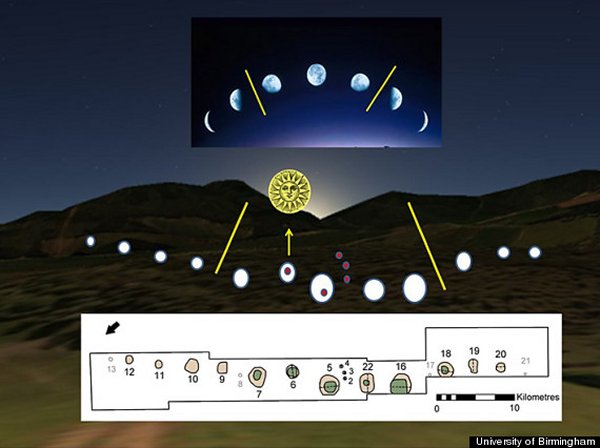
“This is a remarkable monument, which is so far unique in Britain. Our excavations revealed a fascinating glimpse into the cultural lives of people some 10,000 years ago – and now this latest discovery further enriches our understanding of their relationship with time and the heavens,” said The Trust’s Archaeologist for Eastern Scotland, Dr Shannon Fraser.
“The evidence suggests that hunter-gatherer societies in Scotland had both the need and sophistication to track time across the years, to correct for seasonal drift of the lunar year and that this occurred nearly 5,000 years before the first formal calendars known in the Near East.
In doing so, this illustrates one important step towards the formal construction of time and therefore history itself,” said Vince Gaffney, Professor of Landscape Archaeology at Birmingham leader the analysis project.
MessageToEagle.com


